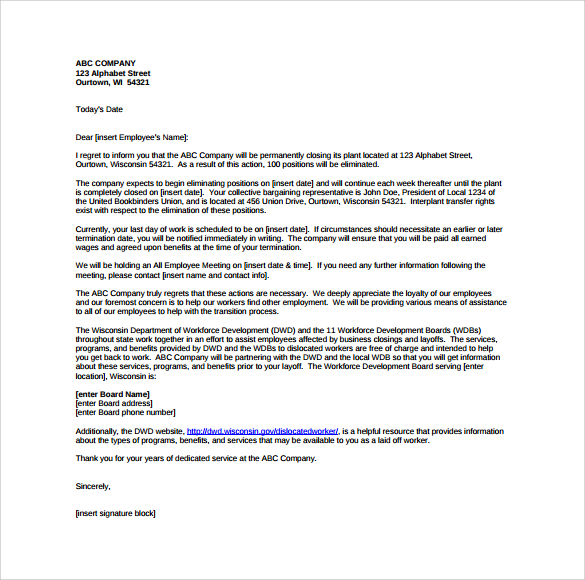

It should be simple one or two words is usually enough.
#Closing salutations examples professional
This is a polite, professional way of saying goodbye. Please let me know if I can be of any further assistance. I look forward to our interview on December 12, 2022. I look forward to seeing you at the meeting/in class/at the conference. Please let me know if you have any questions. Please let me know if there is anything else I can do for you. Thank you for your time and consideration. You should be able to find at least one that suits your needs. Here are some examples of closing lines that are commonly used in business emails. Are you setting up a meeting with someone? Is this a thank-you email? Are you expecting this person to respond? Do you need them to take some kind of action? The last line of your email should reflect the goal or purpose of your message. You also have to include a closing salutation. Now you have to finish your email, but you aren’t sure what kind of ending is right for this particular situation. You started it with a professional greeting. Best what, after all? It could perhaps be considered the email equivalent of a host’s failing to see a guest all the way to the door at the end of a dinner party.You have written a business email. If you have reason to be really appreciative, Thank you is generally a better choice.įor quick, casual emails to people with whom you have an established business relationship, closing with just your first name is a common and acceptable practice.Įnding with Best may give the impression that the email writer was simply too busy to bother completing the closing. Most appropriate if you are writing to co-workers you know well and have a good relationship with, or when you are emailing, say, vendors or people who are somewhat junior to you. Similar to Thank you above, but more casual. If you want to be very appreciative and say Thank you very much, then you can keep that as a separate sentence and perhaps add a different closing. This closing is ideal when you want to show appreciation for something the recipient has done or is going to do for you. This is a safe, acceptable closing term in almost all situations, ranging from fairly casual to quite formal. In emails with people you already know, Sincerely may come across as excessively formal. This is a polite, professional way to close, but is most appropriate for formal emails, such as initial communications with prospective clients. (Remember a cardinal rule of emailing: people who are bothered by your habits won’t necessarily tell you how they feel.) Some people don’t care, of course, and if you use email shorthand with your long-time colleague who sits two desks away, that may be fine.īelow are some common email closings accompanied by comments on their use. If you use initials, you risk irritating recipients who may view this shorthand as a sign that they are not worth the time it would take to write your actual name. As a general rule, though, don’t sign off with just your initials. In more casual emails, it may be fine to sign off without a closing phrase and just put your name. If you feel the temptation to do so, resist it. Some businesspeople put periods after their names in closings.
#Closing salutations examples full
If, however, your signature file has been specially formatted (preferably by your art department or a professional designer) so that its appearance is distinct from the rest of the text in the body of your message, you should in a formal email repeat your full name after your closing, as shown in Figure 5. In Figures 3 and 4, the font used in the email body is the same as the signature file font. His closing word ( Regards) and name appear on consecutive lines. If he were sending a message to a potential client, though, he might sign his message as follows: If you are writing more formally and are addressing the recipient by last name, it is usually preferable to close your email with your full name.įigure 3 shows a closing, accompanied by the signature file (which is covered in detail in the next section), for an email from a person who knows his recipient fairly well. If you know your recipient and are addressing him or her by first name, in most cases you can then add just your first name. First you must choose your closing word or phrase, if you wish to include one - for example, Thank you or Regards. There are multiple ways to close email messages. Conclusion: Concluding Thoughts on Email.Section 3.8: Responding to Careless Emailers.Section 3.7: Abbreviations and Emoticons.Introduction: Communicating in an Electronic Age.

Email Etiquette for Business Professionals.


 0 kommentar(er)
0 kommentar(er)
